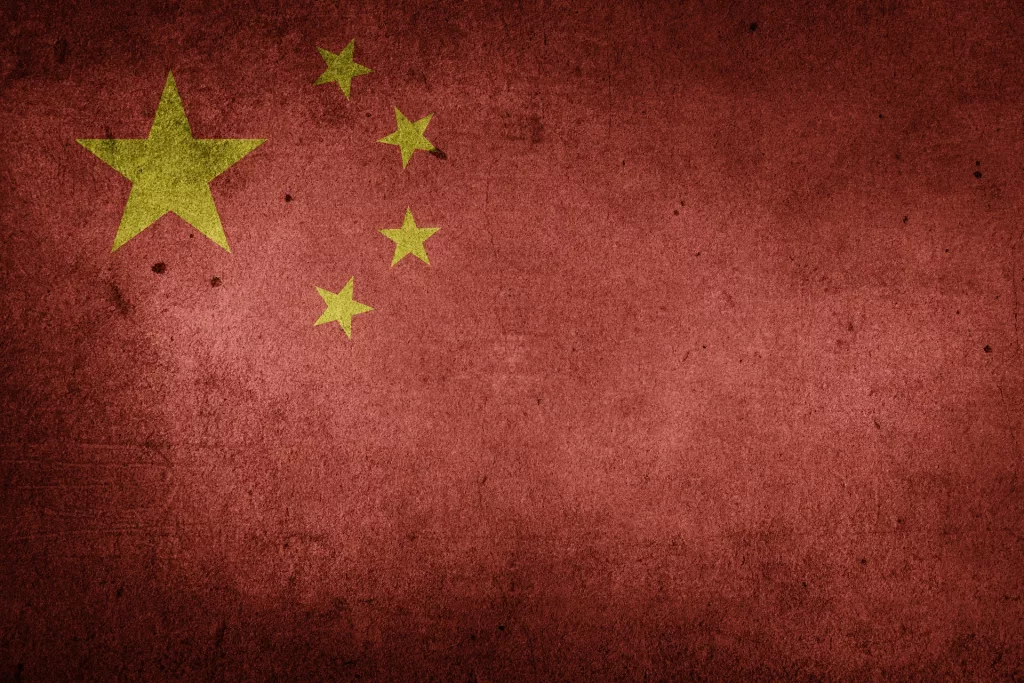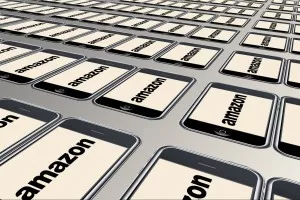In a series of recent announcements, it’s clear that Amazon sees telecoms and the Internet of Things (IoT) as its next big money spinners. Business technology journalist, Antony Savvas says it’s time for CSPs (communications service providers) to grab the opportunities being created.
On the Sidewalk
Amazon has announced that its Sidewalk technology for IoT connectivity is now open for developer testing. Coverage is said to extend to 90% of the US population, and free test kits are available for developers to build Sidewalk devices and launch use cases.

“Many types of connected devices have been limited by the range of WiFi and the cost of cellular technology, which has hindered the ability to connect devices like environmental sensors, leak detectors and smart locks,” says Dave Limp, senior vice president of Amazon devices and services. “Sidewalk is designed to provide a secure, low-cost way to invent and connect a whole new range of devices.”
Sidewalk-enabled devices can send encrypted data over the network to a Sidewalk Bridge up to a half mile away. Sidewalk Bridges are devices that provide connections to the Sidewalk network. Customers with a Sidewalk Bridge can contribute a small portion of their internet bandwidth, which is pooled together to create a shared network. Sidewalk’s low-power and low-bandwidth network uses lower frequencies to “reliably and securely” transmit small amounts of data up to half mile away.
It is effectively what used to be called a “mesh network”, and is of the type that was once promoted to connect small communities when WiFi first appeared. Amazon is obviously scaling the whole thing up.

Partners involved in the developer kits include Nordic Semiconductor, Silicon Labs, Texas Instruments, module vendor Quectel, and GitHub to support the iOS and Android mobile operating systems.
Later this year, Sidewalk products from different companies will be launched to manage residential and industrial premises controls; logistics and delivery; and smart door locks, for instance.
Telco network builder
In addition to the IoT space, Amazon is also directly targeting the telecoms industry, and recently launched its AWS Telco Network Builder platform to allow telcos to adopt cloud-based telecoms networks more easily and more cost-effectively.
The fully-managed Telco Network Builder automatically adjusts compute and storage resources, allowing CSPs to focus on business operations and deliver new services. It provides a centralised dashboard to monitor and manage the network running on AWS infrastructure, whether on-premise or in AWS cloud regions.
The likes of Amdocs, Cloudify, Infosys, Mavenir and O2 Telefonica in Germany have adopted Telco Network Builder, and more are set to follow as Amazon extends the number of its cloud regions supporting the technology.
British incumbent reseller

BT’s Digital Unit is seen by the telco as a way of benefiting from potentially higher-margin IoT and cloud services, and it seems to have gone all-in with Amazon.
Last week, it signed a wide-ranging strategic collaboration agreement with AWS, covering global IoT services, and becoming a channel partner for AWS Marketplace, to provide a single source for managed solutions to its customers. The deal also includes the partnership announced the previous week that saw BT become a provider of new 5G edge services through the AWS Wavelength technology.
BT becoming an AWS Marketplace channel partner allows the company to offer additional enhanced managed security and third party software-as-a-service solutions to its customers globally. Collectively, the collaboration agreement targets a $500 million (€568 million) revenue opportunity for BT over the next five years.
“Moving from a connectivity provider to a digital services provider is a strategic shift to help CSPs unlock growth,” says Adolfo Hernandez, vice president and general manager for the AWS telecom global industry business unit.
BT’s move will be viewed by other telcos, and it will be interesting to see what other telco incentives are put in place by AWS’ rivals Microsoft Azure, Google Cloud Platform, IBM, Oracle, Tencent and others.
Breaking the China

We’ve had the ongoing US-led war against Chinese technology companies in the West, with the latest instalment being seen on Capitol Hill last month, where TikTok’s CEO was threatened by politicians with a US ban on his video clips.
The arguments around Chinese technology should be more nuanced however, according to one industry leader.
Dario Betti, CEO of the Mobile Ecosystem Forum (MEF), asks, “Fear of digital attacks is at an all-time high with China portrayed as a huge threat. However, state-sponsored spying and cyber attacks have been happening since before the internet. So why is the West so concerned about digital security now?”
Betti says that, in the bigger geopolitics picture, cyber security is really about cyber politics and cyber economics. While cyber security is more visible at the moment, partly due to things like spy balloons and Huawei being designated “high risk” in the US, the UK and other countries, over the next decade, cyber concerns will change.

“Globalisation of supply chains has been the status quo since the late 1980s, with China, in particular, becoming the world’s factory. The trade-off for cheap, innovative products has been a reduction in security. As standards became globalised, imports were less closely monitored,” says Betti.
However, now that China is an affluent country with the largest single market in the world, “they’re less interested in the global economy. This means a move away from globalisation”.
The current Western concern around securing networks and devices will extend outward to cover the entire supply chain, allowing countries to secure economic and political power while still sharing in technological advances, he maintains.
“We will see a greater bifurcation of technology. We are already seeing it when it comes to things like semiconductors and applications: there is one set of technologies operating in the West, one in China, another in Russia etc.”

Shifting manufacturing out of China will likely cause a lot of friction and disruption of supply chains in the near future. “Longer term, however, this shift may help rebalance job creation and wealth distribution, especially in developing regions like Africa.”
In summary, focusing on China as a malicious cyber security threat is something of a “distraction”. The “real battle” is in military and economic power, “meaning security is about protecting the entire supply chain to be able to protect national interests”, Betti concludes.
The author is Antony Savvas, a global freelance business technology journalist.
Comment on this article below or via Twitter: @VanillaPlus OR @jcvplus






